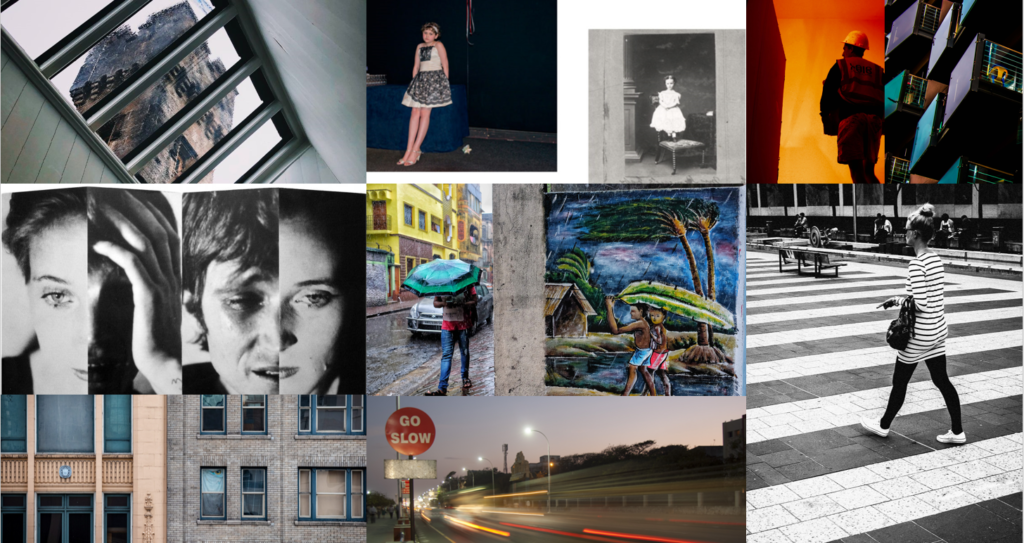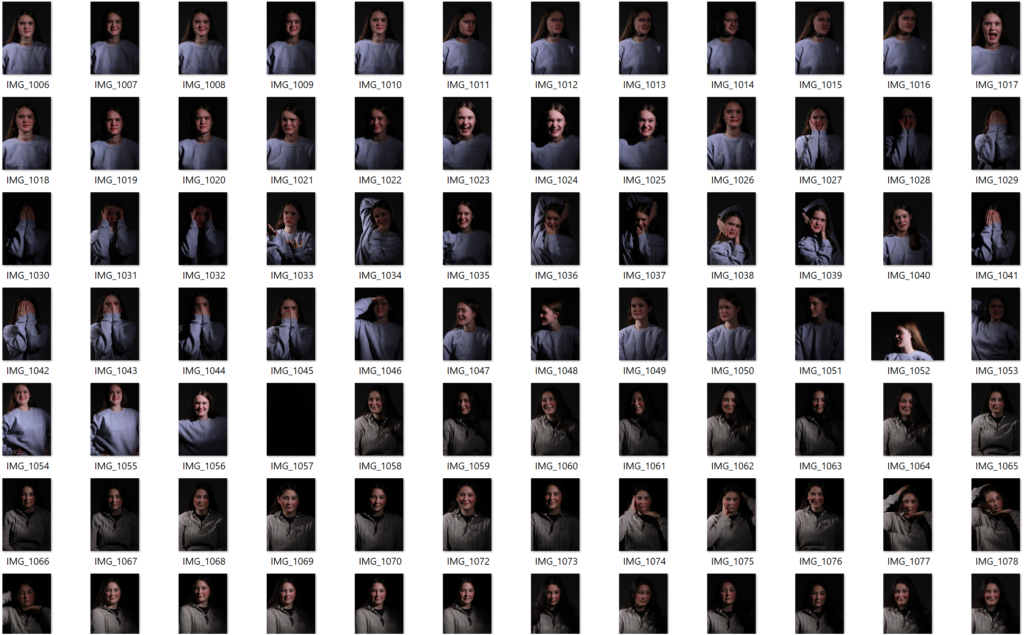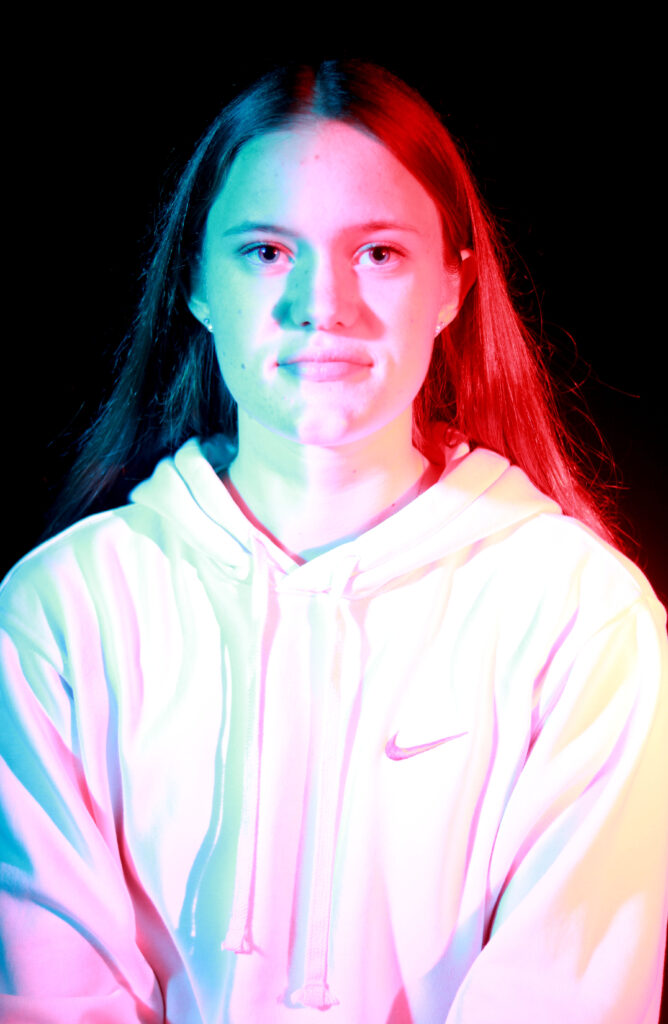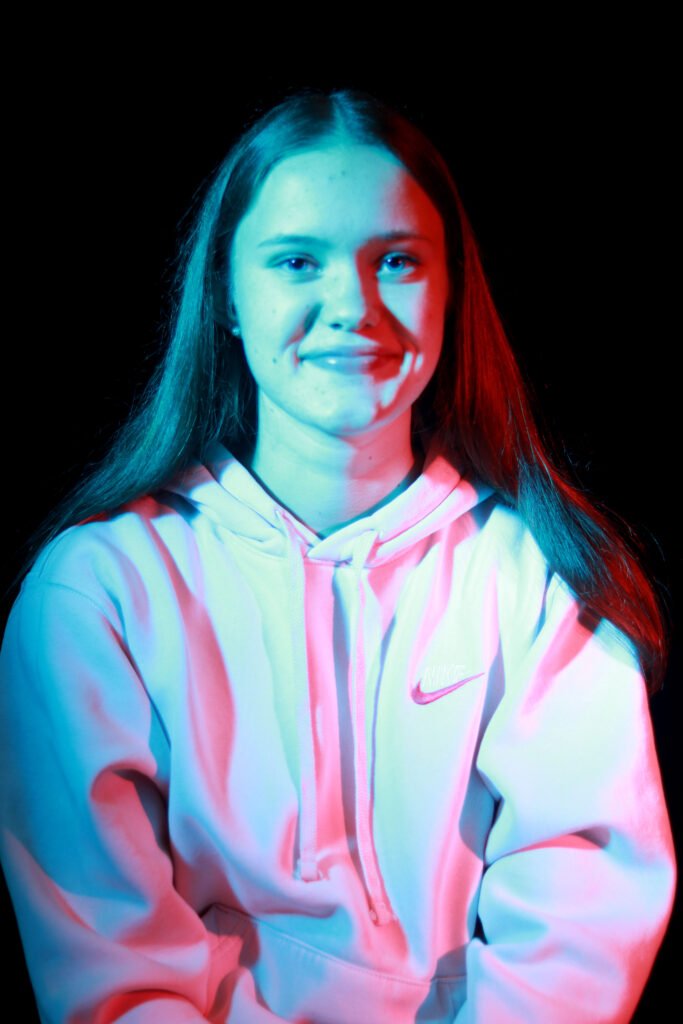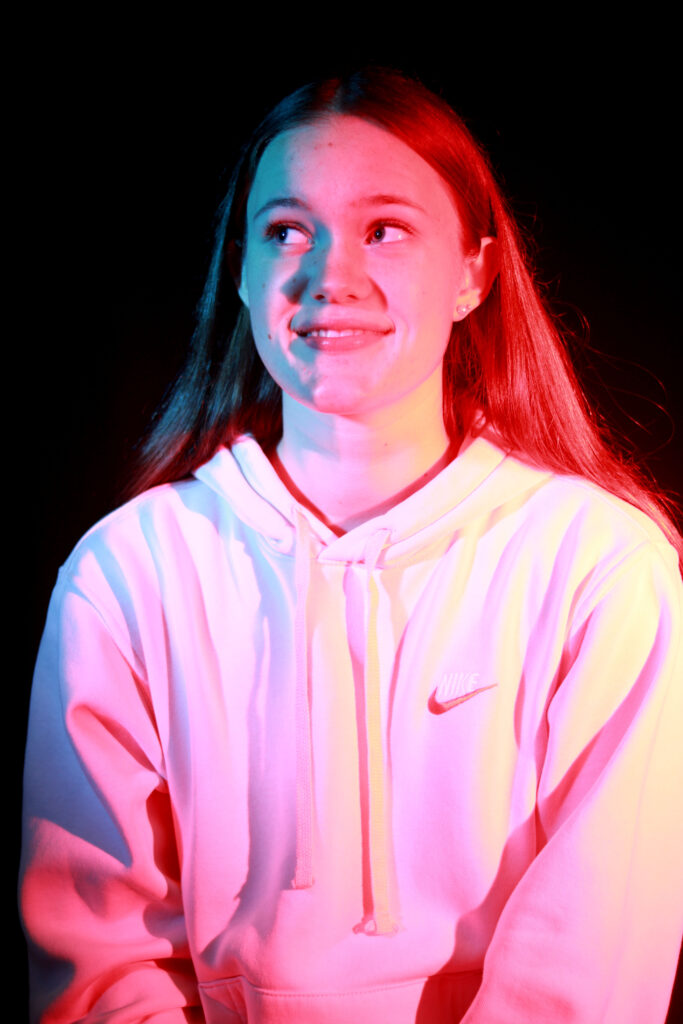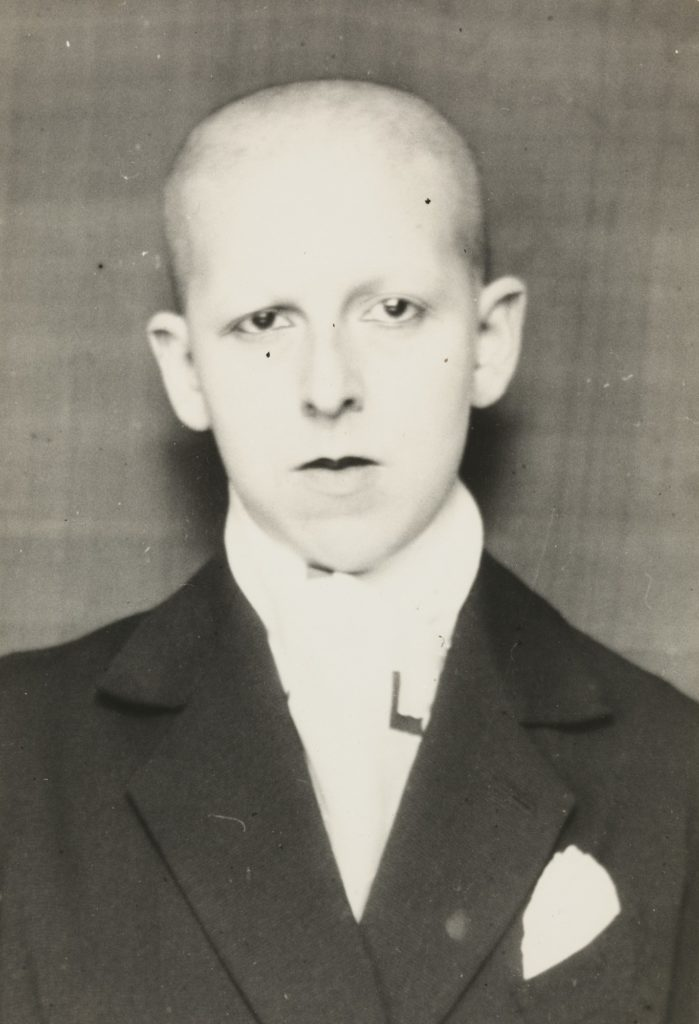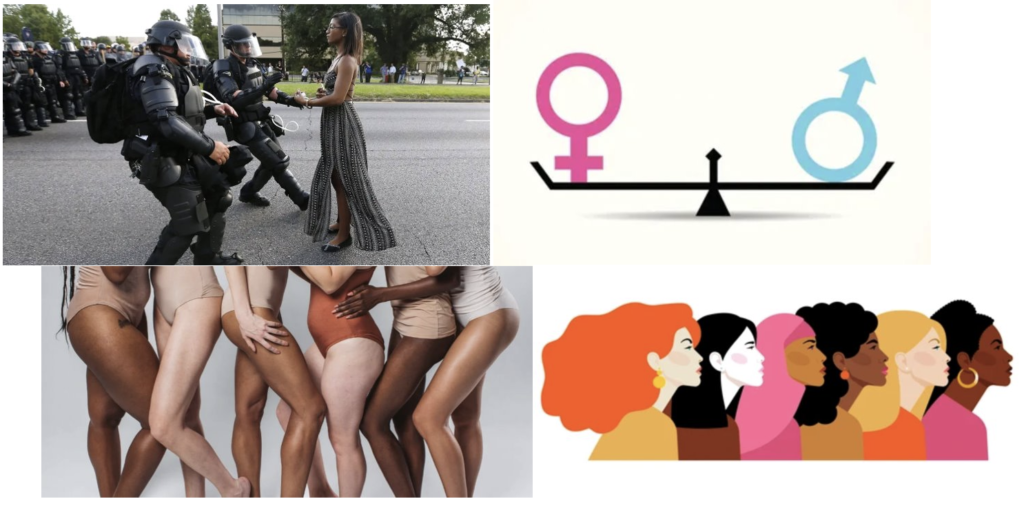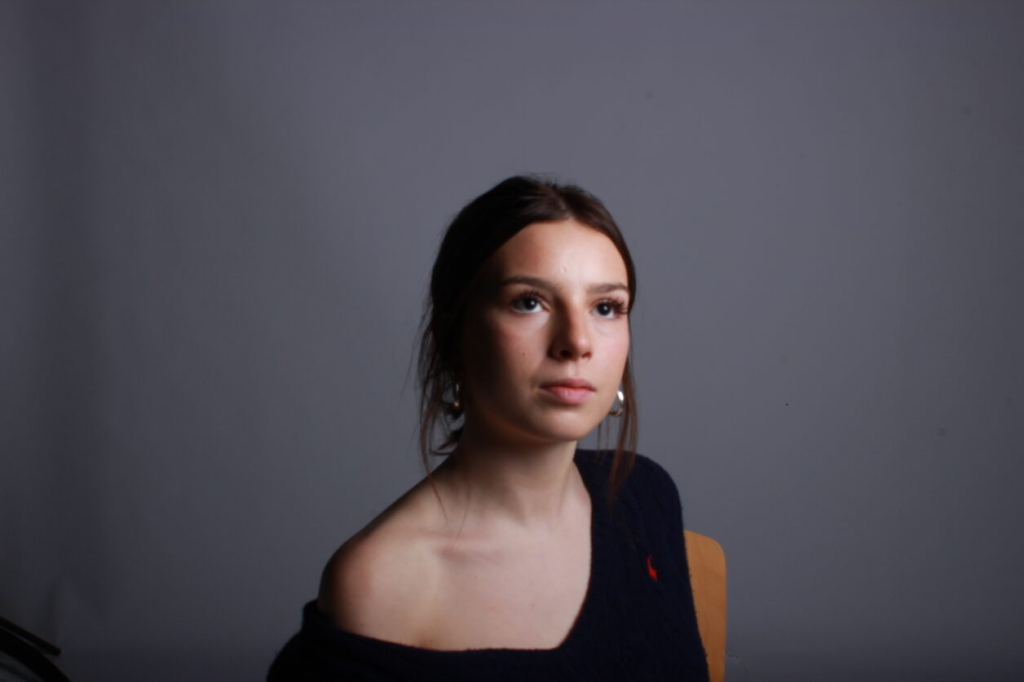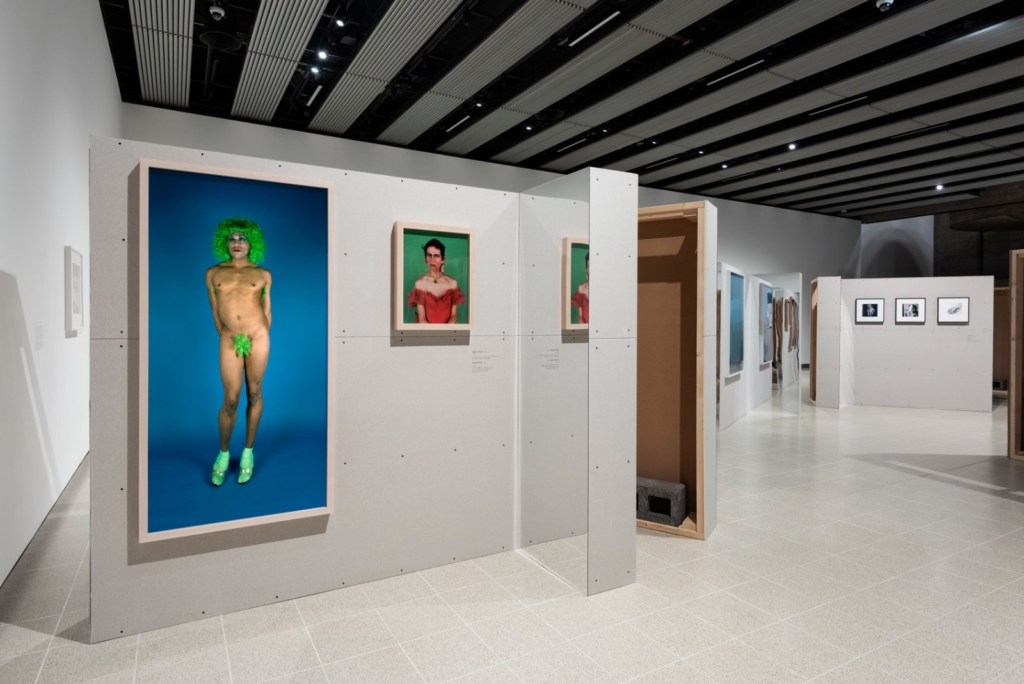Femininity:
Femininity is having qualities or characteristics that are traditionally associated to women or boys. E.g powerful, nurturing and strong
Masculinity:
Masculinity is having qualities or characteristics that are traditionally associated to men or boys. E.g strength, toughness and virility.
How can place, belonging or environment influence identity.
Identity within an individual or community can be hugely effected by the environment they are surround. For an example, if an individual is surrounded by a white supremacist group they will have tendencies to think like them, to think that the white race is superior and should dominate.
Identify can also be effected by they way an individual is brought up. If an individual is brought up surrounded by homophobia, they will probably follow their traits and therefore think that homophobia is okay. However, because of the individual being brought up in an homophobic environment, the individual might feel like they can’t express themselves and have a loss of identity because of their upbringing and fear of rejection.
However, an individual who is brought up with an open minded and non-prejudice parents/family/ group, may find it quite easy to express their gender identity or social identity. This is because they grew up with people who let them have free will and didn’t show any type of judgmental opinions about groups of people or a community.
An individual who grows up with same-sex parents will grow up learning that same-sex marriage/couples is very normal and okay. They will see it as a norm and in fact will see it as something that should be normalised unlike an individual who might’ve grew up in a very straight household that had homophobic and stereotypical tendencies which would imply that they would see same-sex couples as something that is wrong.
Furthermore, there are much more serious cases where environment massively effects identity. North Koreas leader, Kim Jong-un massively effects the identity of his citizens. Jong-un made rules that drastically changes the identity of the North Korean citizens. An example of this, is a law where there is only government-approved haircuts. This strips his citizens identifies as they are not allowed to experiment with their hair and express and find themselves through their hair. Doing something with your hair can be a form of expression or change in identity so Jong-un stripping this choice from his citizens, strips their identity. Another law that hugely effects Jong-un’s citizens identity is the fact that they have prison camps. These prison camps are used for people who have allegedly committed political crimes. This men’s that no one in North Korea has freedom of speech and has no say when it comes to commenting about Jung-un’s rules. This form of punishment effects someone’s identity because they are not able to express their thought or opinion due to a heavily controlled system.
Please note that AI may have been used to help construct this blog.
